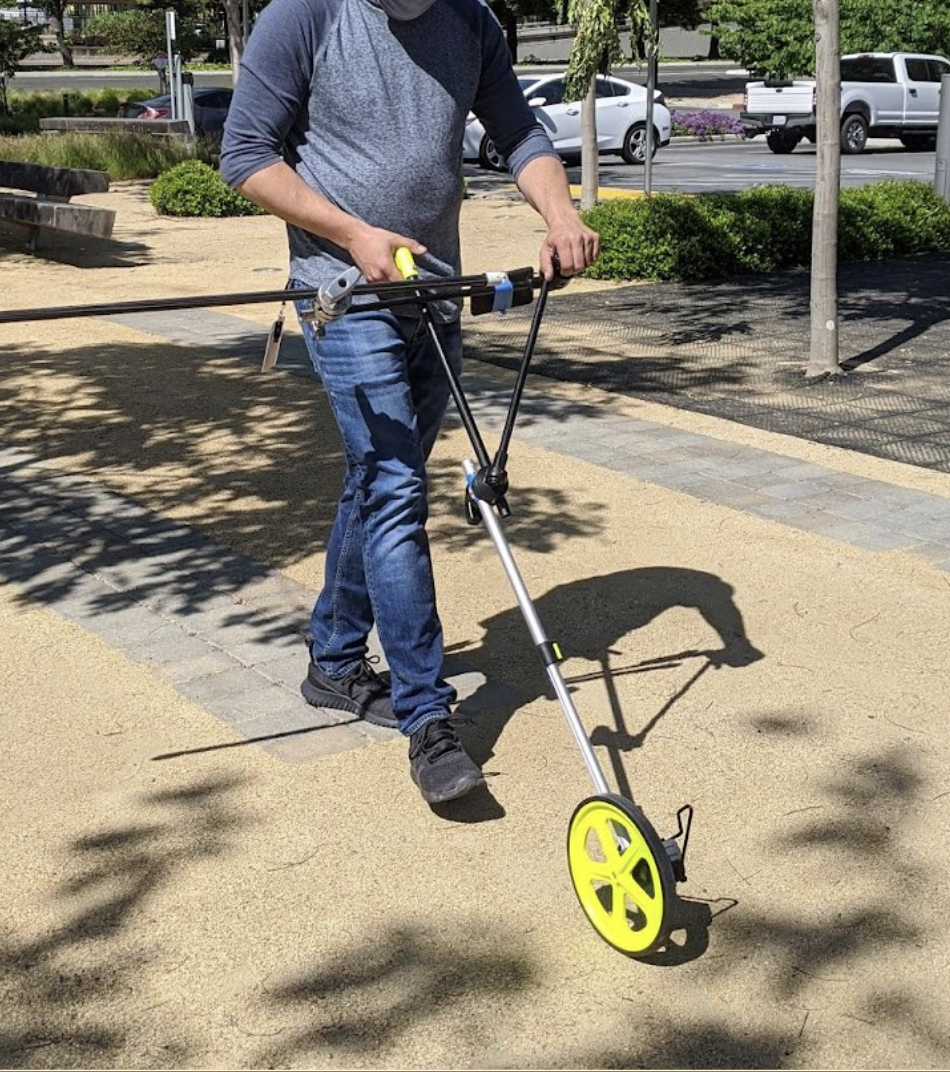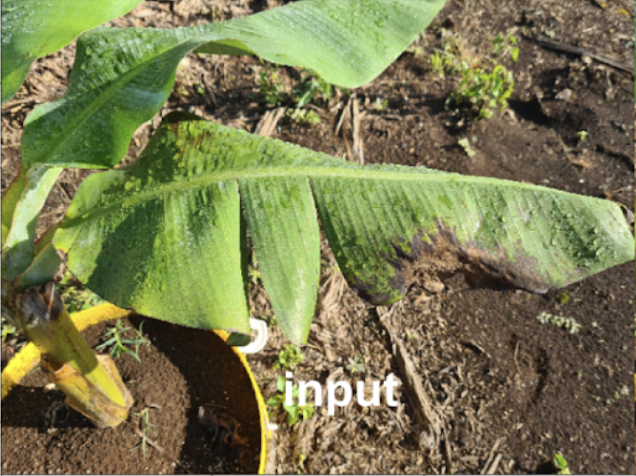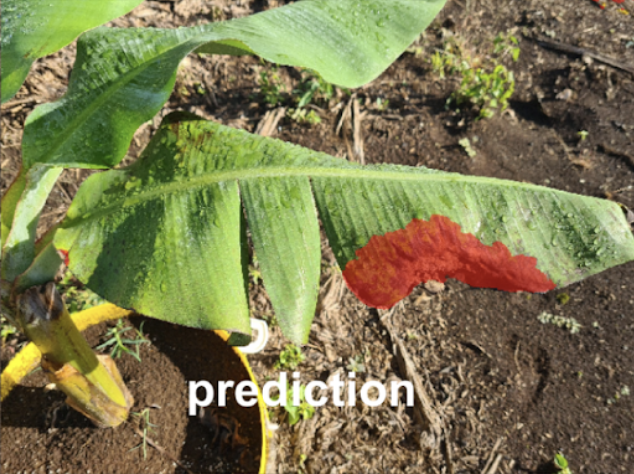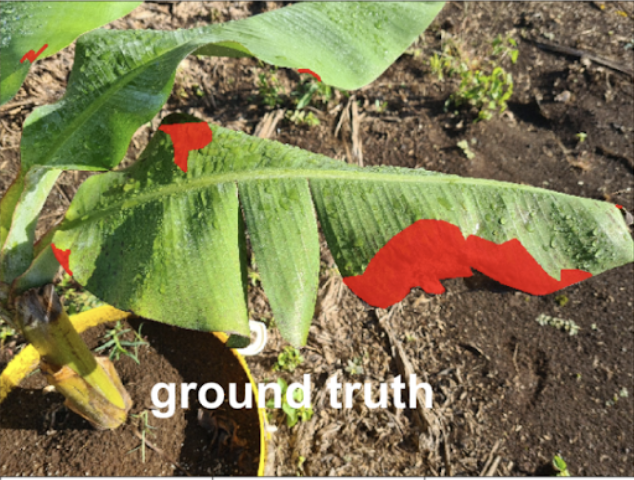What got us here won't get us there: Can we reimagine agtech partnerships to think big and derisk fast?

Erica BlissChief Commercial Officer
| 4 min read
The agricultural systems that feed us can be just as delicate and intertwined as the natural world. In the last decade, we’ve seen the complexity of the food system explode as new technologies battle for a piece of the digital agriculture market and mindshare. And in the uninspiring progress made as a result of these battles, we’re realizing today the precious time spent learning hard but promising lessons. We are better together.
As agriculture stares down its most important challenge — producing more food to support a growing global population, while reducing the damaging impacts on our planet — it’s going to take an entirely new spirit of like-minded grit, resilience, and urgency to uncover new ways of sustainably feeding humanity.
So, agribusinesses that find harmonies with specialist tech companies may be better suited to solve pain points they could not have solved alone. As my friend and Mineral's head of product Rhishi Pethe says,

How might we maintain rapid iteration with partners amidst pandemic-related shipping delays? A Mineral operations manager thinks creatively.
“Because there’s so much variety in farming, it’s unlikely that the same company that builds an excellent robot to pick blackberries will be the same company that builds one to pick tomatoes. It makes better sense to embrace this complexity and foster an open, collaborative ecosystem where everyone can bring their local and specialized knowledge to develop adaptable solutions.”
And we know those partnerships work best when they are symbiotic. But what will take the current approach to this next level, allowing agribusinesses to drive the step-change agriculture needs to pursue its new charter?
Breakthroughs in technology — especially artificial intelligence (AI), which is transforming so many industries at record speed — are often difficult to predict and far from linear, not only in timing, but also in performance. And at the unprecedented pace that new tools are coming onto the scene, it can be difficult to know which technology to invest in, not to mention determine if it actually works in your unique supply chain, field plot, distribution center or store front.
Endeavor to think big …
At Mineral, we like to think big. Our aspirations can only be achieved in partnership with experts in the field. Partners bring their deep agricultural knowledge to the table, and we bring high-touch iteration to more quickly grasp value-driving use cases in the fast-evolving AI and ML landscape. Even “big swing” projects can be achievable with an approach defined by a single-minded focus on rapid derisking, and I have learned to not dismiss the transformative capacity of this mindset.
While the power of big ML models can be dazzling, we remain cognizant of data quality, the risks of overfitting (poor model performance on new data, but better for training data) and underfitting (poor model performance on training data, too), and the challenges of identifying which of the latest models to integrate and which to throw out. As you can imagine, many firms may struggle to source and assemble the resources or time needed to become world-class experts in model building. But with a specialized tech partner, they can deploy targeted expertise at training, derisking, modeling, testing and productionizing solutions. Being purpose-built for grocery retailers', equipment manufacturers' and crop protection innovators' toughest challenges can be as symbiotic as the natural ecosystems we aim to protect.
… and derisk fast
A few years ago we partnered with a banana company that had to preventatively spray their plants to protect them from a severe uptick in Panama disease and Black sigatoka. If they could figure out a way to spot the fast-developing disease earlier, they could save money and lessen their environmental impact by reducing chemical inputs.
Since bananas have a specific cropping cycle, we had to move fast. To develop an understanding of how early we could detect infections, we tested three sensor types — drones, static cameras and mobile phones - alongside the expertise of our partners. While we successfully modeled the disease early, we discovered that we could not sense it early enough to eliminate preventative chemical applications. Building an in-house modeling team, along with the necessary infrastructure and sensing technology, to obtain such a discovery would have cost millions and likely multiple years. On our side, this was meaningfully ambitious work, and we had a prime chance to apply new vision techniques across many devices in an important crop.

The original photograph of a real banana plant with visual evidence of Black sigatoka.

A prediction from a model Mineral designed to identify early signs of Black sigatoka.

Where Black sigatoka occurred on the plant, showing how model-based predictions are near, but not yet exact, to ground truths.
Can we challenge ourselves to embrace a mindset of rapid iteration, derisking, and impact, working together in pursuit of protecting our planet and humankind?
I know we can. In my next blog, I’ll share two of my biggest revelations about effective partnerships designed for impact across the agriculture value chain. Reach out to me in the meantime, I’d love to hear about how you’re contributing to agriculture’s era of collaboration!